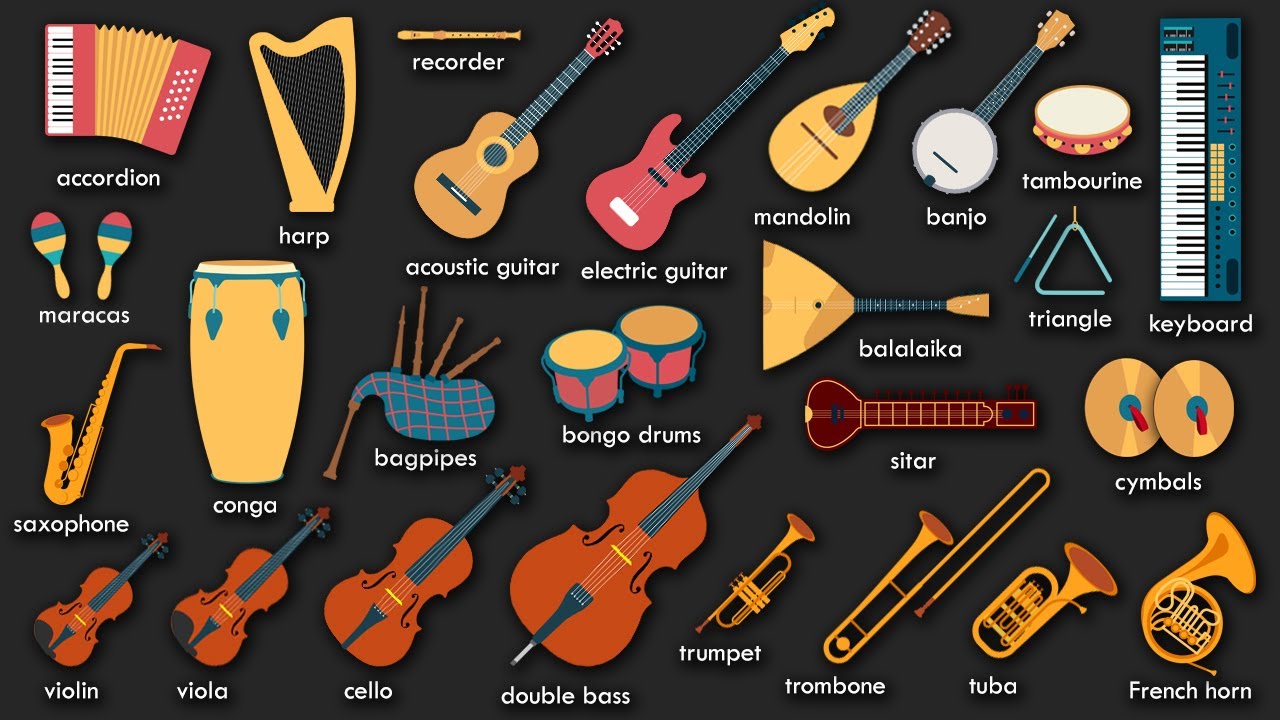Measuring electric current is a fundamental task in both theoretical and applied physics. The ability to quantify the flow of electric charge is crucial in a myriad of applications, ranging from simple household electronics to advanced scientific research. Electric current is measured in amperes (A), which reflects the amount of charge passing through a conductor per unit time. Various instruments have been developed to facilitate this measurement, each employing distinct methodologies and principles to ensure accuracy and reliability.
The primary instrument used for measuring electric current is the ammeter. Ammeters can be categorized into two main types: analog and digital ammeters. Analog ammeters utilize a galvanometer, which is a sensitive device designed to respond to small electric currents. This mechanism consists of a coil of wire suspended in a magnetic field; as current flows through the coil, it generates a torque that causes the coil to rotate. The degree of rotation corresponds to the magnitude of the current, which can be read off a calibrated scale. Although analog ammeters provide a direct visual representation of current flow, they are often less precise than their digital counterparts.
Digital ammeters, in contrast, utilize electronic circuitry to measure current. These instruments convert the analog signal into a digital format, allowing for more precise readings. The advantage of digital ammeters lies in their higher accuracy, ease of reading, and ability to display current measurements in various forms, such as average or RMS (root mean square) values. Additionally, many digital ammeters include features that allow for data logging, enabling scientists and engineers to record and analyze current fluctuations over time.
To understand how these devices function, it is essential to delve into the underlying physics. When an electric current flows through a conductor, it generates both a magnetic field and resistive heat. Instruments like ammeters exploit these phenomena to gauge current intensity. In particular, the relationship documented by Ohm’s law, which states that current (I) is proportional to voltage (V) and inversely proportional to resistance (R), forms the theoretical backbone of current measurement. Thus, by knowing the voltage across a resistor and its resistance, one can derive the current using the formula I = V/R. This principle is particularly useful when employing shunt resistors within ammeter circuits to extend the range and universality of the measurement system.
In more advanced applications, especially in high-frequency circuits or where inductive or capacitive effects dominate, alternative methods are employed to measure current accurately. Clamp-on ammeters use a different principle altogether; they can measure current without being connected directly to the circuit. This non-intrusive method involves wrapping a sensor around the conductor. The sensor detects the magnetic field produced by the current flowing through the conductor, enabling the device to compute the current without any direct electrical contact. This feature makes clamp-on ammeters particularly valuable in industrial settings, where safety and convenience are paramount.
Nevertheless, for either high-fidelity or transient current measurements, other specialized devices such as oscilloscopes or current probes may be utilized. An oscilloscope allows for visual representation of how current varies over time, which is particularly important in the analysis of alternating current (AC) systems. By connecting a current probe to the oscilloscope, one can visualize the dynamic changes in current, providing insights into the behavior of complex circuits and the effects of inductive or capacitive loads.
Moreover, the advent of smart technology ushered in a new era of current measurement. Smart ammeters and energy monitoring systems integrate with digital networks, enabling remote monitoring and control. These systems utilize IoT (Internet of Things) technology to communicate data to users in real time. The advantage of this innovation lies not only in convenience but also in the potential for enhancing energy efficiency and detecting inefficiencies or irregularities in current usage.
In academic research, the measurement of electric current plays an instrumental role in validating theoretical models and conducting experimental investigations. The accuracy and precision of measuring instruments are paramount since even the slightest errors can lead to significant discrepancies in outcomes. High-caliber laboratories often employ precision ammeters that can measure incredibly low currents, even in the nanoampere range. Furthermore, such instruments are essential in experimental setups designed to study the quantum behaviors of electrons, where traditional measurements may falter.
In the realm of renewable energy, current measurement is equally crucial. Photovoltaic (PV) systems, for instance, depend on accurate current measurements to assess performance and efficiency. By measuring the output current of solar panels under varying conditions, researchers and engineers can optimize designs, mitigate losses, and enhance the integration of solar power into electrical grids. Such advancements are critical as humanity moves toward a more sustainable energy future.
In summary, the measurement of electric current encompasses a variety of instruments and methodologies, each tailored to meet specific requirements across diverse domains. From the simplicity of analog ammeters to the sophistication of digital instruments and smart technology, the tools available for measuring electric current not only reflect the complexities of electrical phenomena but also underscore the vital interplay between theory and practical application. Understanding these instruments and their functional principles fosters a deeper appreciation for the nuanced behaviors of electricity, urging both novices and seasoned professionals alike to explore the ever-expanding frontiers of electrical engineering and physics.










